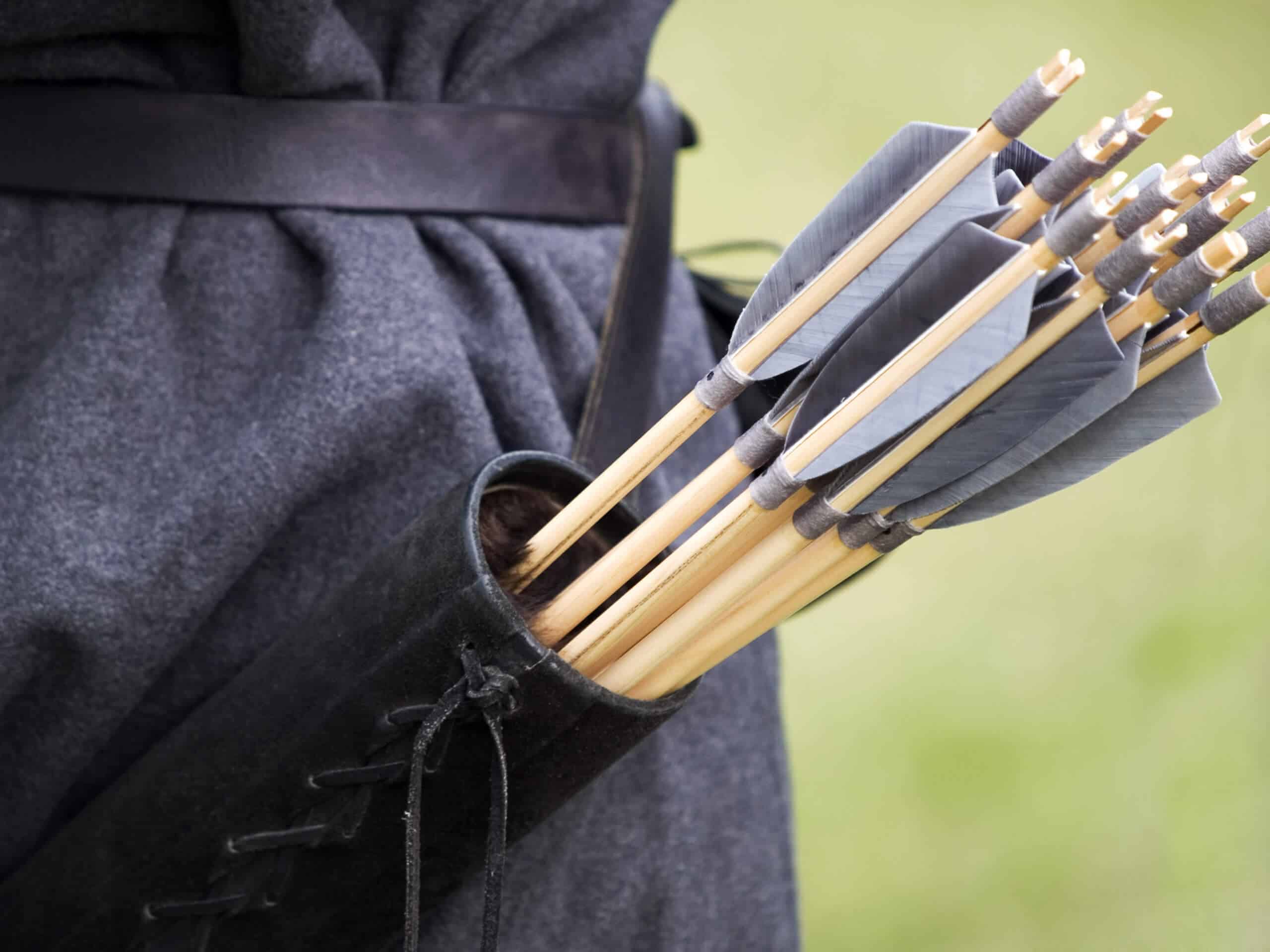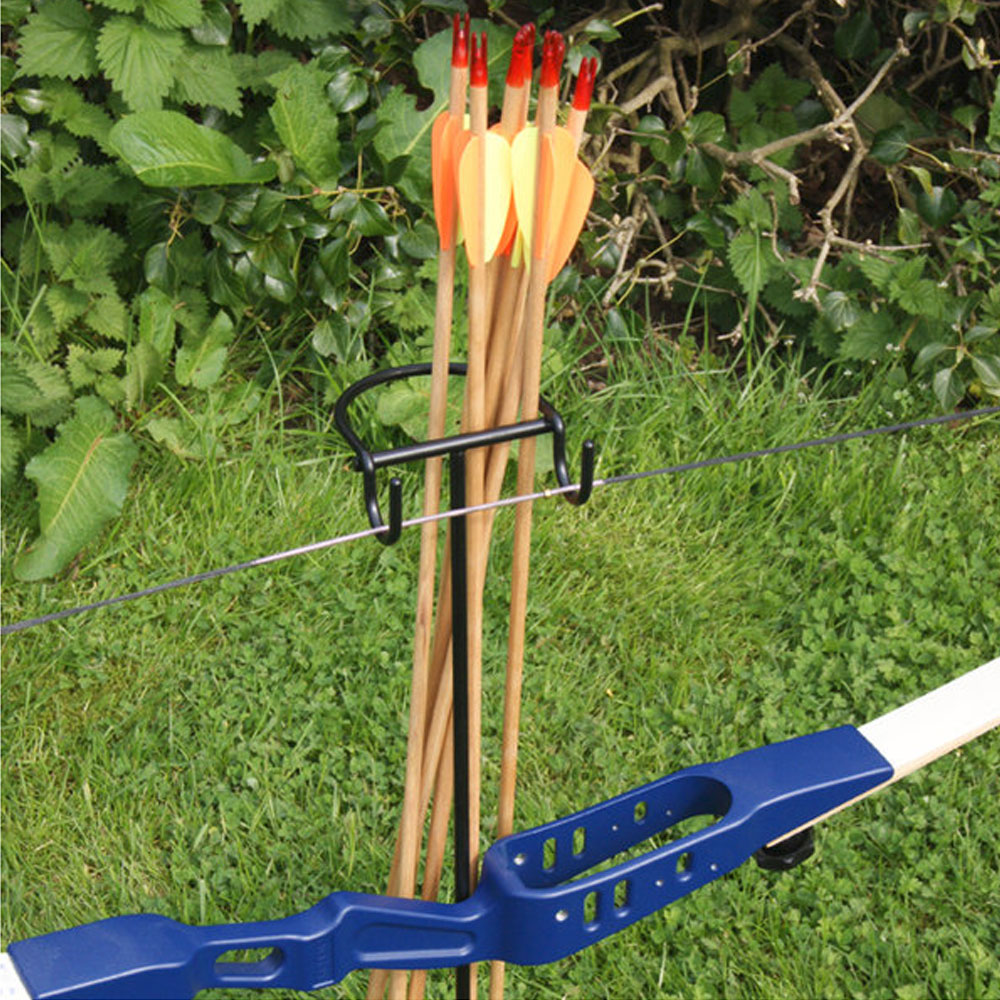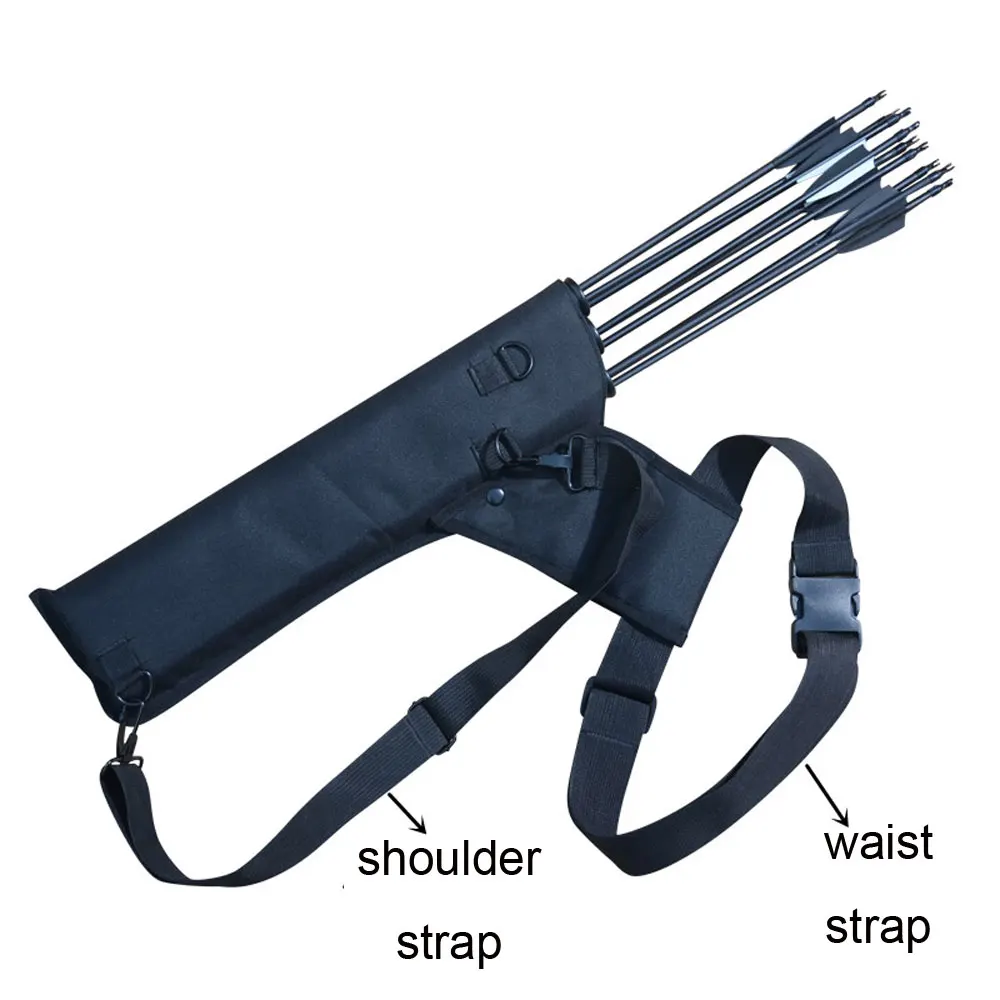

But in trying to find the best hunting quivers for this article, I took some extra steps to test nearly two dozen quivers. I get the chance to see, touch, and feel all of these quivers as they arrive in inventory, so I know them all pretty well. Lancaster Archery Supply carries just about every hunting quiver on the market-certainly all the major players in the game. So what do you want in a quiver? You want one that holds your arrows firmly in place, protects you from your broadheads, stays quiet, doesn’t stick out awkwardly, and, of course, looks cool. They don’t always pay attention to the working parts of the quiver that earn its keep when the heat is on. That’s all it does.Īnd often times, bowhunters simply look for the cheapest quiver they can find, or one that best matches their bow to complete a killer look. The job of the quiver is pretty simple: carry arrows. Though they include a back bar, they are on the shorter side and are not too obtrusive to use while hunting.The arrow quiver is one of those pieces of gear that bowhunters generally don’t think about too much.
Hunting compound bow quiver pro#
If you are looking for a stabilizer setup that will work for both target archery and bowhunting, check out these Pro Hunter Packs from Spider Archery Products. but make it a part of your initial setup routine or use it to make small adjustments afterwards and I think you will be surprised by the results. Will This Work for Everyone? It may not be possible to achieve perfect balance using just these methods for all draw lengths, arrow setups, and bows, etc. By canting the quiver using the mounting bracket, you are able to fine tune the front to back balance without adding weight to your stabilizer or having to purchase a longer one.

Tightspot quivers offer a second adjustment you can use to help with the forward balance of your bow as well. If it is still leaning right(for right handed shooters), try lowering the hood a few more inches and repeat until the bow feels balanced.
Hunting compound bow quiver full#
Draw your bow and see how it feels at full draw. Move it a few inches at a time and loosely tighten the screws to hold it in place.

By loosening these four screws that secure to the carbon rods, you can slide the quiver freely in the mount. So if at full draw your bow is leaning to the right (for a right handed shooter) try sliding the hood lower to reduce its effect. The higher up the riser the hood is positioned, the more it will make the bow lean to the side the quiver is mounted on. How Does is Work? Because the hood of your quiver contains the heaviest part of your arrows and is itself the heaviest part of the quiver, the position of the hood is going to have the largest effect on the balance of your bow. It was in setting up my first longer ata bow that I realized I was mistaken in assuming the best place for my quiver was with the hood aligned to the top limb.

Now that I am in Idaho I favor slightly longer ATA bows (currently shooting a Hoyt Rx3 Ultra at 34” ATA) and have even more room to play with when positioning my quiver. Even on these shorter bows there was usually 4-6” between the bottom of my nocks and my lower limb. When I lived back east and mostly hunted from a treestand, my bows tended to be on the short side (30” ata). I figured that way my nocks wouldn’t protrude below the bottom limb and would be less likely to get caught on something. How Can it Help? I had always positioned my quiver hood level with my top limb. You may find that you can achieve the same effect by simply moving your quiver. On a hunting bow however, a bow you will carry mile after mile, through thick brush and blowdown, any unnecessary weight or bulk is to be avoided. In a target setup, the added weight and bulk may be a positive as it certainly will help you keep your bow stable. This lateral torque is commonly countered by adding a back bar stabilizer that extends to the side opposite the quiver. By positioning the quiver close to the riser, you minimize the lateral torque caused by the weight of the quiver and arrows. Before you go buying a bunch of accessories, have you tried moving your quiver? Why Not Just Use a Stabilizer? Quiver companies design their quivers to sit as tight to the riser as possible ( Tightspot has done this better than any other quiver). Finding the perfect combination of stabilizers, weights, offsets, and angles so that your bow sits in perfect balance at full draw can be quite the chore. Seems like a pretty vague goal but in archery there are dozens of products aimed at helping you do just that.


 0 kommentar(er)
0 kommentar(er)
